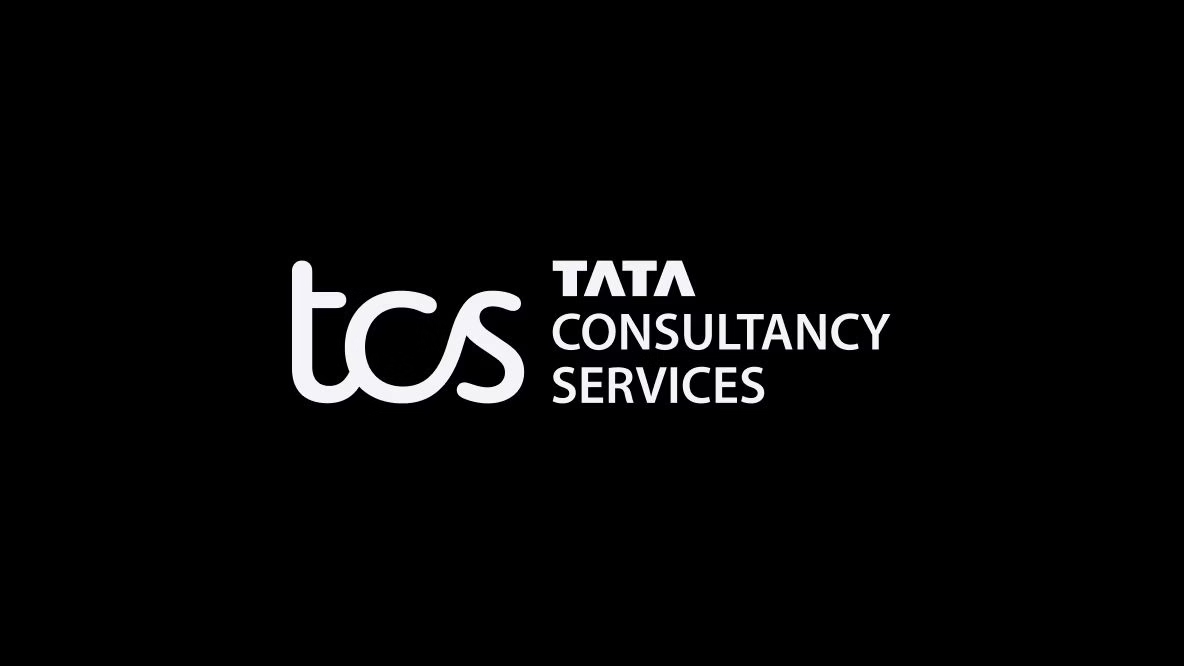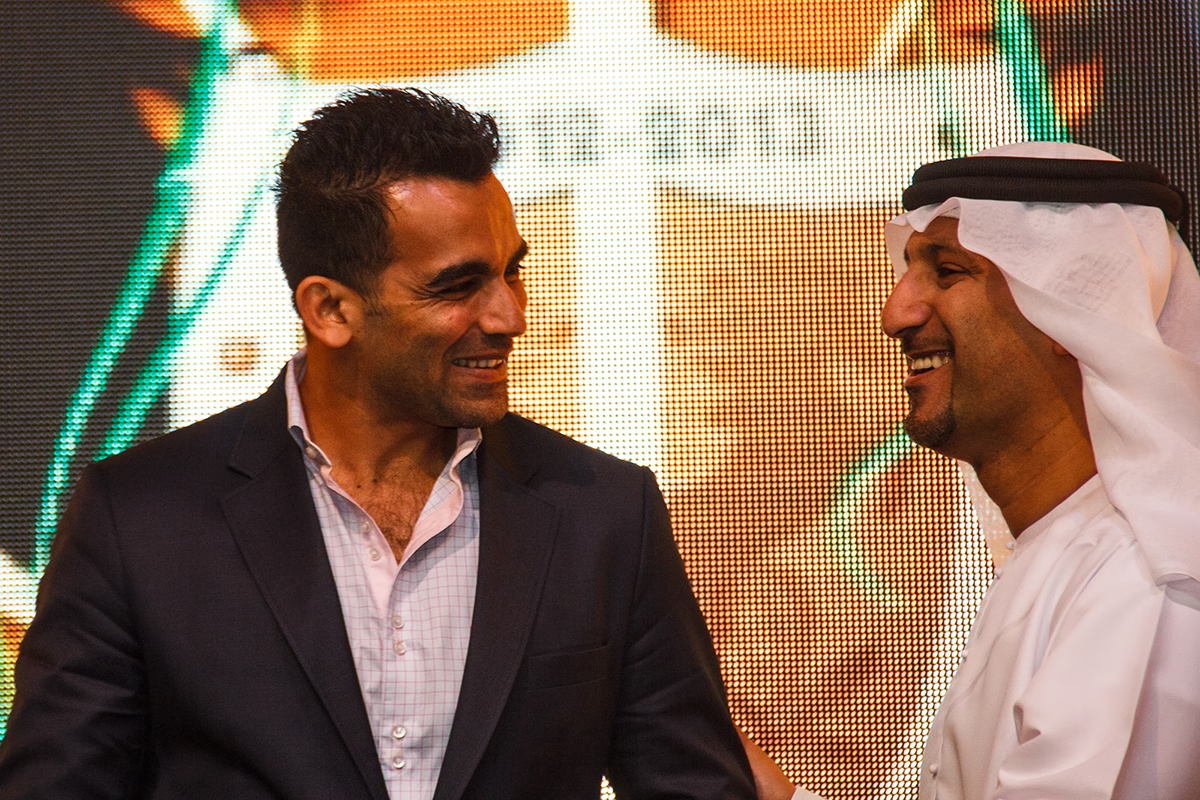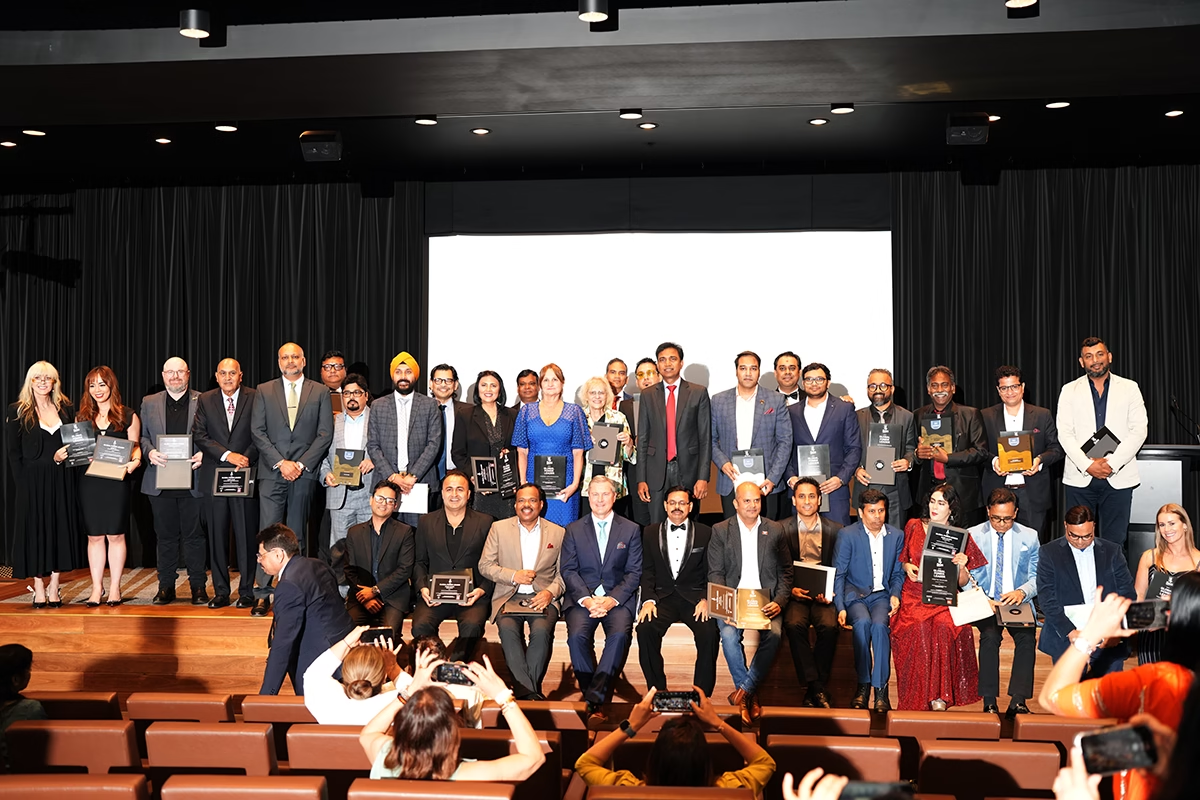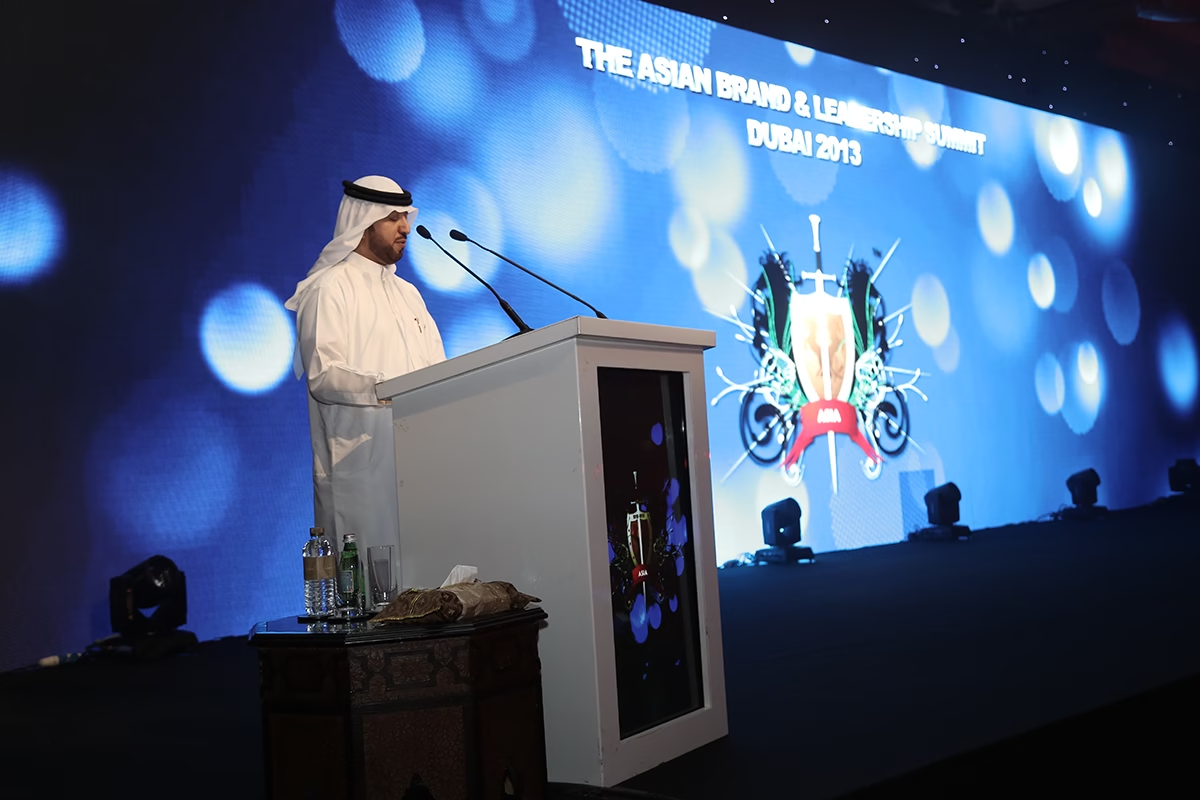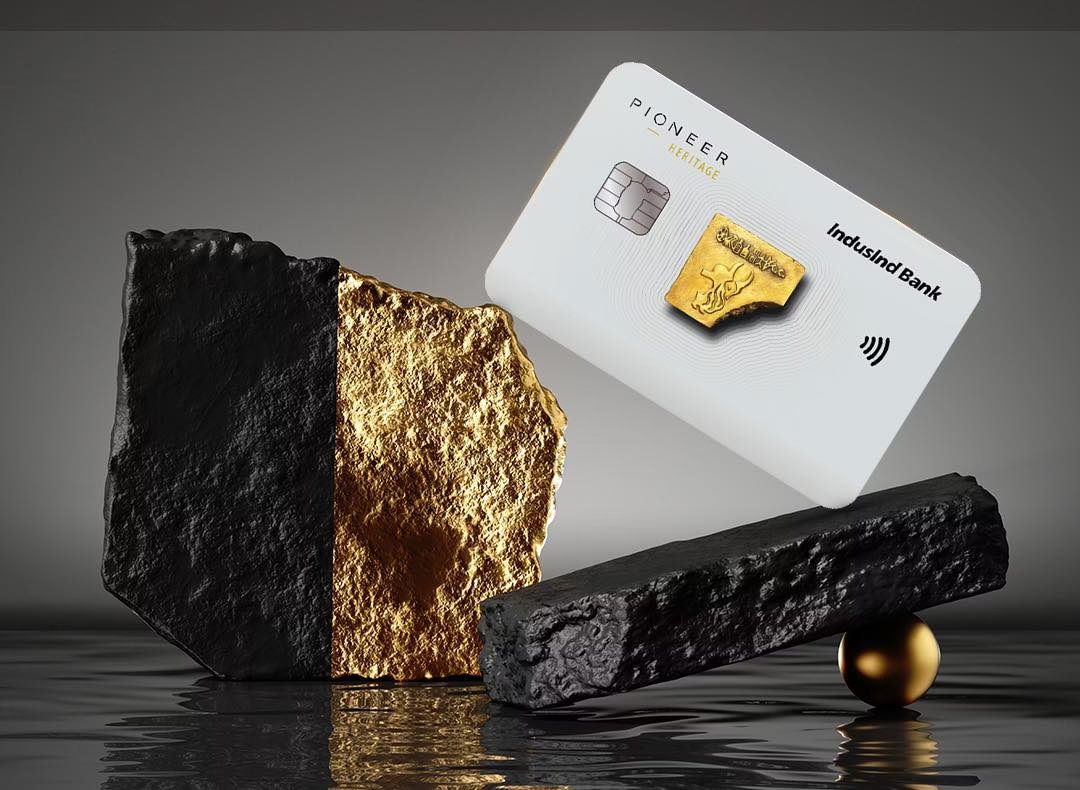Tata Motors is driving India’s EV revolution. Discover how this iconic brand redefined power, innovation, and trust in WCRC’s automotive brand rankings.
When the WCRC Intelligence Unit unveiled its India’s 50 Most Powerful Brands ranking, Tata Motors didn’t just secure a podium position – it rewrote the rules of automotive dominance. Clinching #3 nationwide with a near-perfect Brand Power Index (BPI) of 96/100, Tata Motors emerged as India’s highest-ranked automaker, outscoring legacy rivals through a masterclass in strategic reinvention.
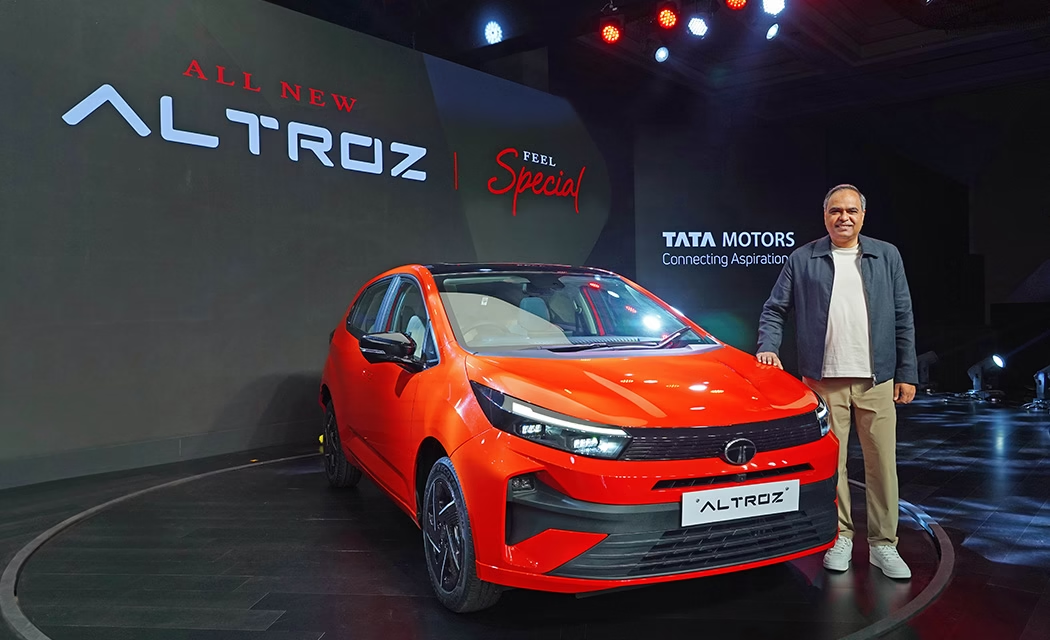
The Triple-Engine Advantage: Decoding the 96 BPI Score
WCRC’s proprietary Brand Power Index – assessing 112 variables across three pillars – reveals Tata Motors’ strategic supremacy:
| Pillar | Score | Industry Avg | Key Drivers |
|---|---|---|---|
| Structural Resilience | 97 | 84 | 55% EV market share, ₹22.4K Cr automotive FCF, net cash-positive balance sheet |
| Cognitive Dominance | 96 | 79 | 89% brand recall in SUV/EV segments, “Tata” as synonym for automotive safety |
| Future-Proofing | 95 | 72 | 8,000+ Ace EVs deployed, India’s first hydrogen truck trials, 5-star safety ecosystem |
This trifecta positions Tata Motors not merely as a carmaker, but as India’s de facto mobility architect 1.
The Trust Symmetry Phenomenon
Tata Motors exemplifies WCRC’s landmark finding: the unprecedented 100% correlation between Consumer Preference and Brand Recall scores across all 50 brands. For Tata, this manifests as:
- Verb Status Adoption: 76% of urban Indians trust “Tata” when referencing vehicle safety
- Decision Compression: 48-hour EV purchase cycles post-test drive (vs. industry average 14 days)
- Crisis Resilience: 3.2x higher customer retention during supply chain disruptions
As Abhimanyu Ghosh, Editor-in-Chief of WCRC, notes:
“Tata Motors achieved what few hardware brands can: converting product functionality into cultural shorthand. Their Harrier isn’t just an SUV—it’s the ‘Harrierization’ of premium mobility.” 1
The Ecosystem Playbook: Beyond Metal and Motors
Tata’s dominance stems from orchestrating three interconnected systems:
1. Electrification Moonshot
- Market Control: 55% of India’s EV market (73,800 units sold FY25)
- Price Parity Pioneering: Curvv EV launching at petrol-equivalent pricing
- Infrastructure Lock-in: 4,500+ Tata Power charging stations nationally
2. Safety as Semantics
- 5-star Global NCAP ratings across 6 models
- 91% of Indian parents associate “Tata” with “family safety”
3. Industrial Symbiosis
- Leveraging Tata Group’s steel, tech, and renewable energy arms
- JLR’s £2.5B profits funding Indian EV R&D (10.7% EBIT margins)
This ecosystem generated what WCRC terms “the trust multiplier” – every 10 BPI points translated to 7% valuation premium 1.
The Competitive Chasm
Tata Motors’ 96 BPI reveals a staggering sectoral lead:
- 13 points above Maruti Suzuki (No. 16, BPI 83)
- 7 points beyond Mahindra (No. 17, BPI 83)
- Outperforms automotive sector average by 11.5 points 1
WCRC attributes this gap to Tata’s “software-defined vehicle” strategy – embedding over-the-air updates, AI-driven predictive maintenance, and subscription features years before rivals.
The Road Ahead: Charging Through Challenges
Despite dominance, WCRC flags critical frontiers:
- Geographic Imbalance: 68% of sales from Tier 1 cities (vs. Mahindra’s 42% rural penetration)
- Infrastructure Gap: Charging station coverage trails EV sales growth by 23%
- Luxury EV Pressure: JLR’s 10.7% margins face squeeze from trade tariffs and battery costs
Tata’s counterplay focuses on:
- Vernacular AI: Integrating Hindi/Tamil voice interfaces in 2026 models
- Hydrogen Highway: Piloting 50 hydrogen trucks on Delhi-Mumbai corridor
- Subscription Economy: Offering EVs at ₹25,999/month with free charging
The Last Mile
Tata Motors’ power stems not from selling cars, but from selling certainty. In a nation navigating the chaos of electrification, it offers a rare blueprint: safety as standard, green as viable, innovation as accessible. As WCRC’s data proves, they haven’t just built vehicles—they’ve engineered trust. And in India’s $10 trillion mobility future, that’s the ultimate horsepower.
*This analysis is based exclusively on the WCRC Intelligence Unit’s “India’s 50 Most Powerful Brands 2024-25” report. Access the full ranking and methodology at WCRC India Brand Power Index.*





